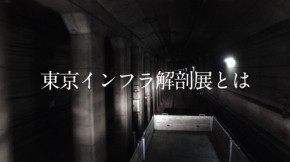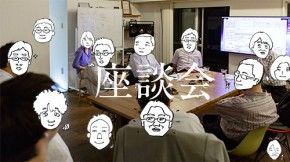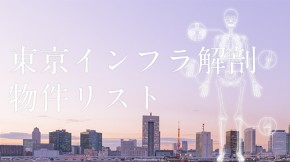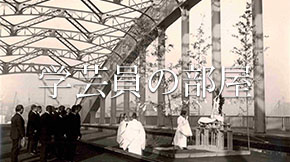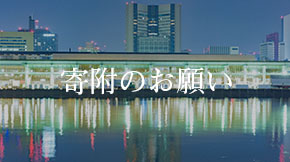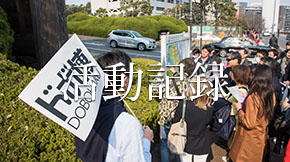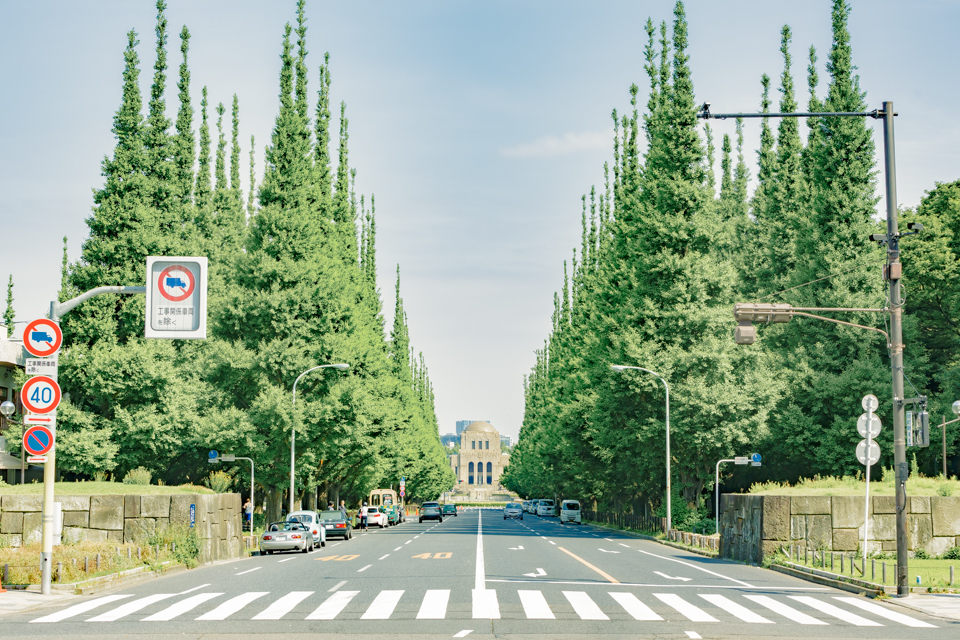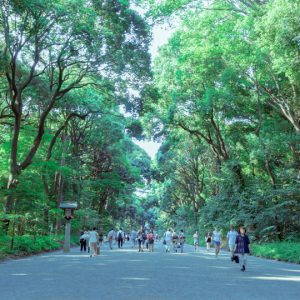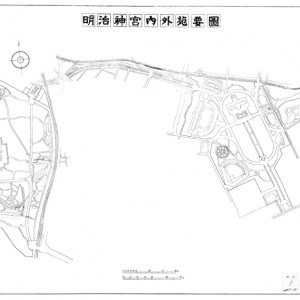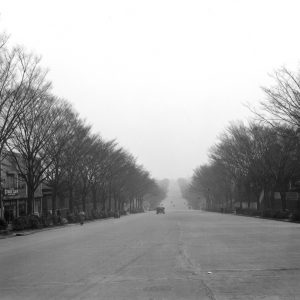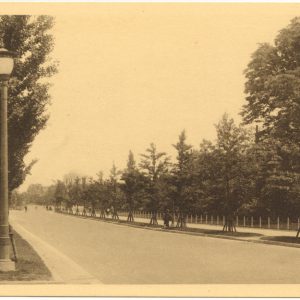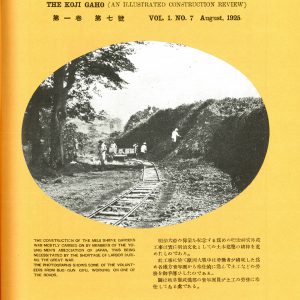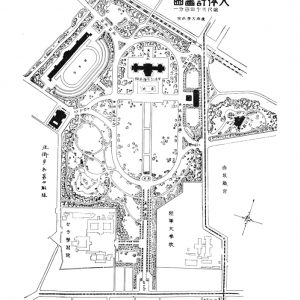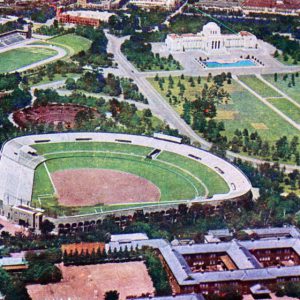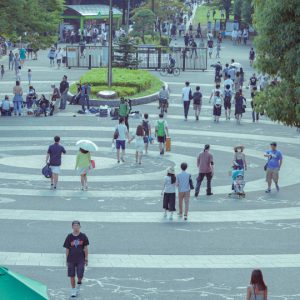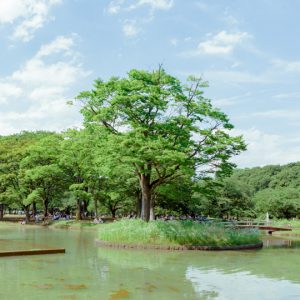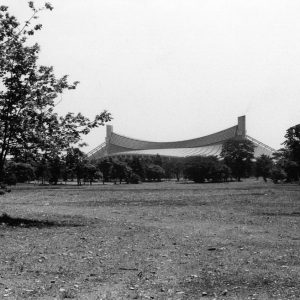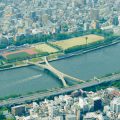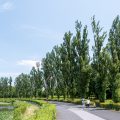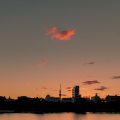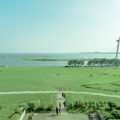After the collapse of the Meiji Emperor, they determined to settle the shrine in Tokyo and to set up the inner garden at Minami Toshima Imperial Estate by the national government and outer at the former site of the Aoyama Drill Court by private sector.
The artificial creation of solemn Shin-en garden (Naien), “the permanent forest” using autochthonous broad-leaved trees was not only a landmark event that overwhelmed the common sense at the time that coniferous trees ought to be used, but also a national campaign in which more than 100,000 trees were donated from all over the country and a total of 110,000 national youth groups contributed their physical labor.
On the other hand, in the outer garden of the shrine (Gaien) exercise facilities and extensive open space with grass were established as “the space where people have a leisurely and comfortable day”. On the street in front of Seitoku Kinen Kaigakan (Meiji Memorial Picture Gallery), planned as the most important street in Gaien, planting zones and sidewalks were set up on both sides and four rows of ginkgo trees were arranged. The vista, which was gradually reduced the height from Aoyama Street, has become a representative street landscape of Tokyo as Gaien Ginkyo Trees Avenue. You should keep in mind that Japan’s first asphalt pavement was applied using the Warrenite – Bitulithic method.
The present Urasando was originally planned as the main approach connecting the inner, the outer and the imperial garden and built as a parkway equipped with a horse riding track and a planting belt. After diverting to the site of the Metropolitan Expressway, today you cannot get the sight at that time.
The Yoyogi Drill Court next to the Yoyogi Imperial Estate was restored to Japan and utilized as the Olympic village after requisition and becoming the site of housing complex of GHQ called Washington Heights. This place was supposed beforehand to be made into a forest park after that. It is not easy to imagine the former Yoyogi that used to be referred to as a barren field from today’s big green area linked to the inner garden of Meiji Shrine.
The green space of Yoyogi and Shinjuku Imperial Garden form a water network system of Shibuya River. The surplus water of Tamagawa Waterworks is discharged from Yotsuya Okido, and the water from Tamamoike Pond in Shinjuku Imperial Garden is a source of Shibuya River. On the other hand, the tributary from Minamiike Pond in the inner garden of Meiji-jingu Shrine joins the main river near the Sandobashi Bridge.
Hayato Fukuba, a gardening designer of Imperial Property Department, who worked on Shinjuku Imperial Garden had an idea of unifying green space of Shinjuku and Yoyogi and create a large green area and his idea led to securing the land for Meiji-jingu Shrine as a result. The episode that the ginkgo trees of Gaien Avenue were selected from ones planted in Shinjuku Imperial Garden and then raised in the inner garden of Meiji-jingu Shrine also reminds us how close and inseparable relationship the two gardens have. (S.Doi)

